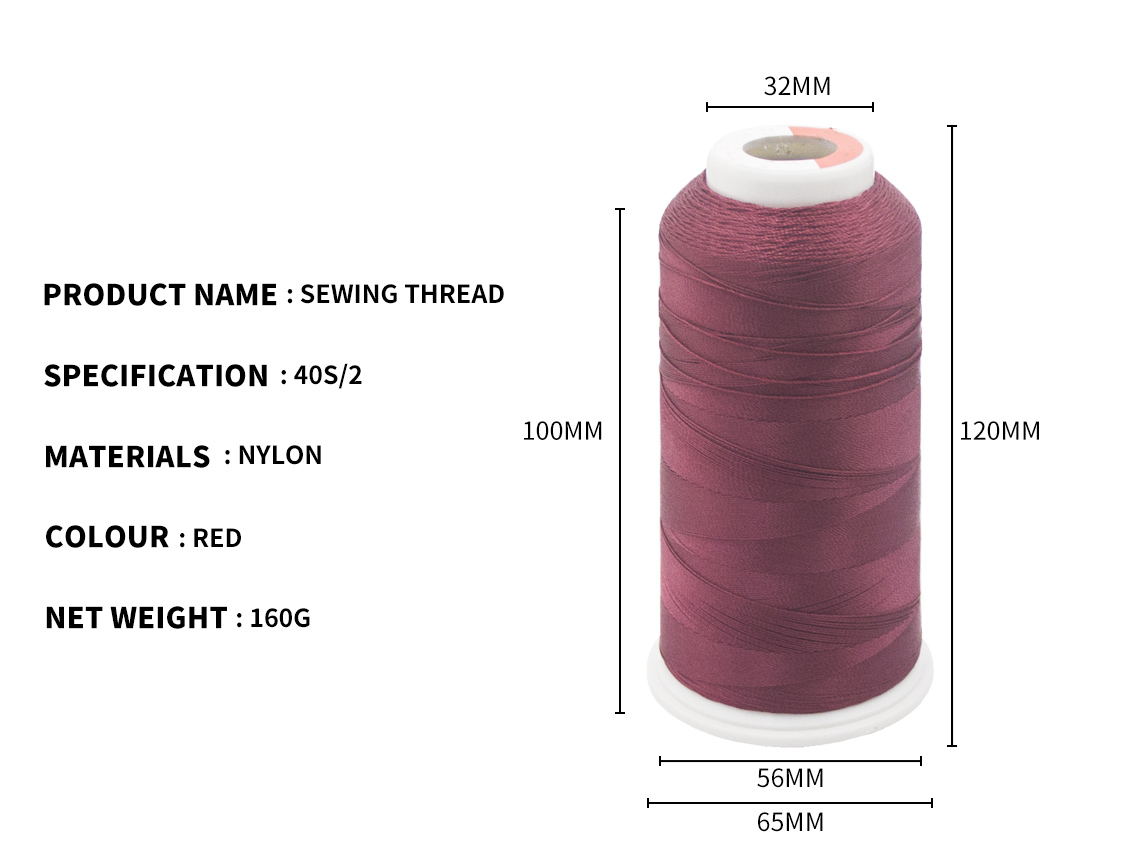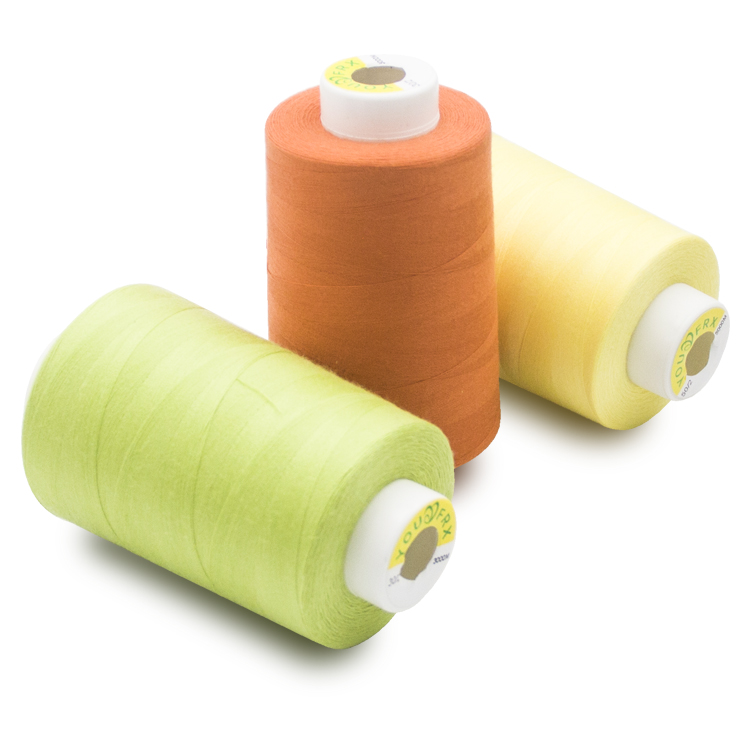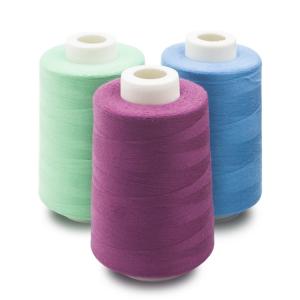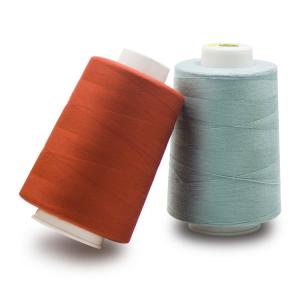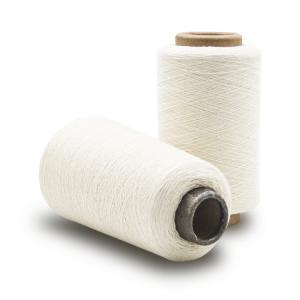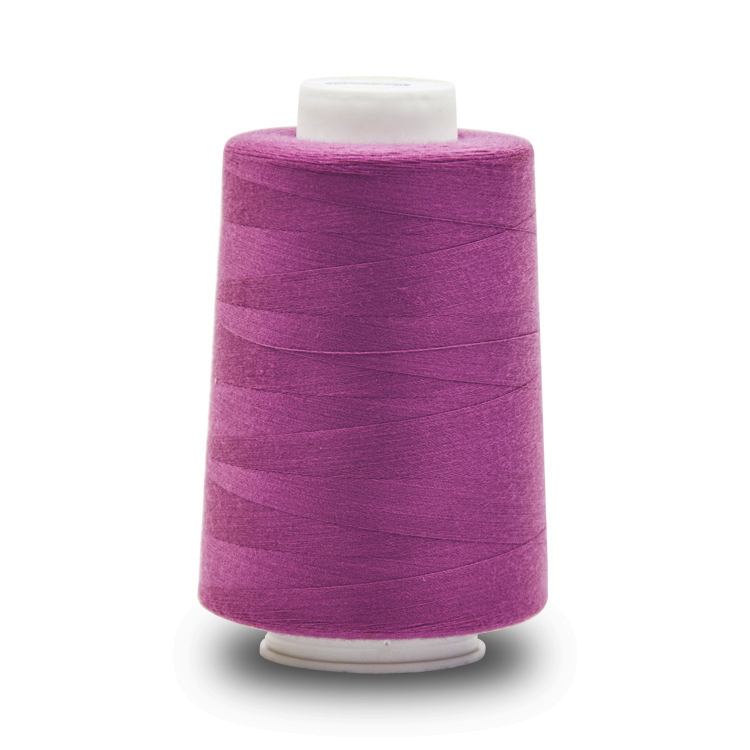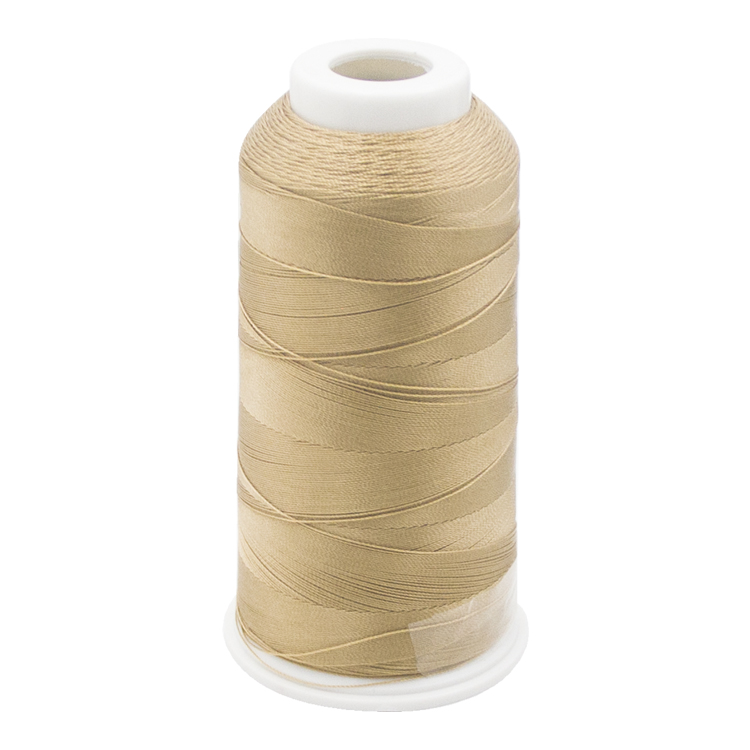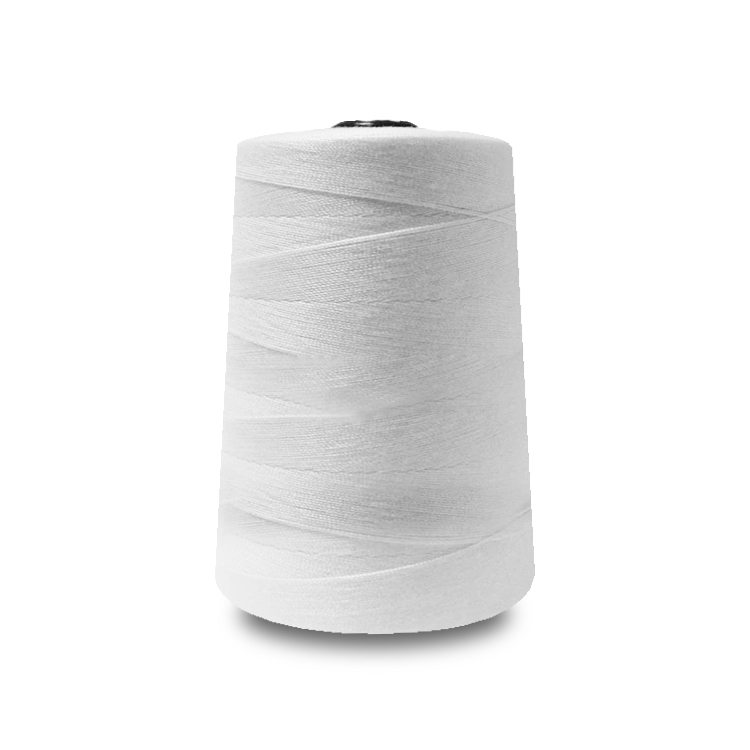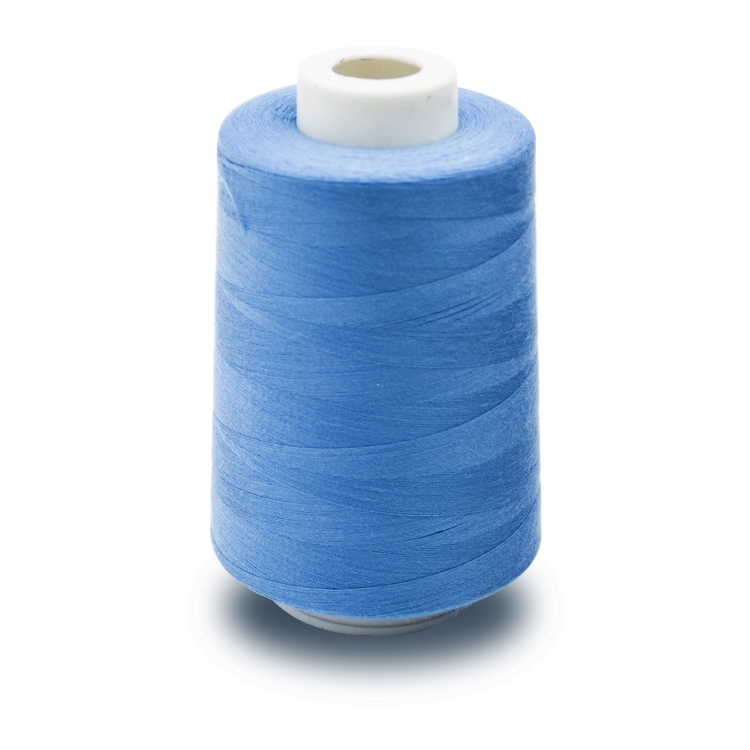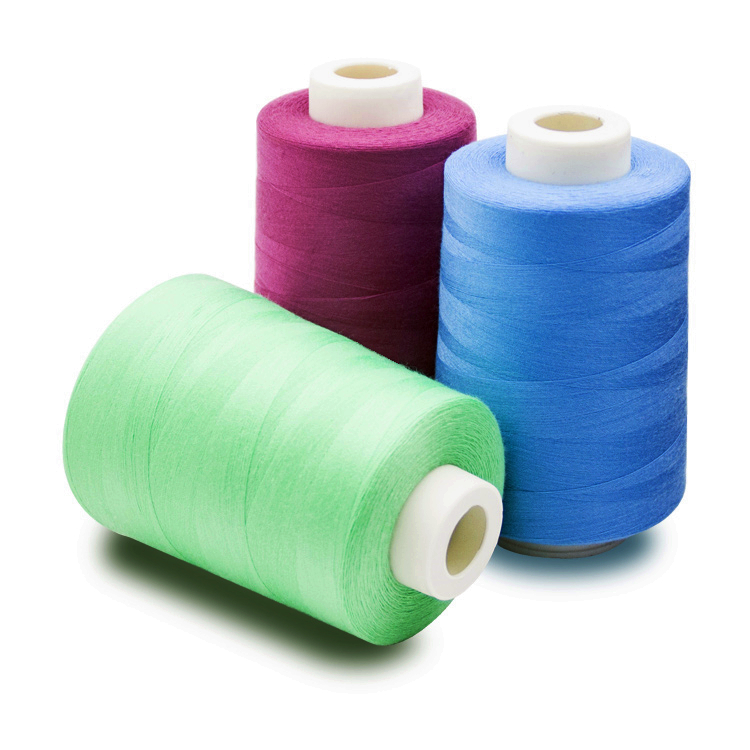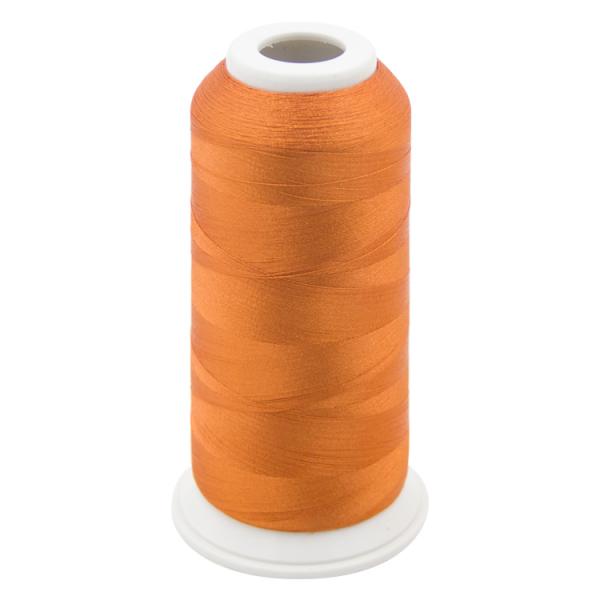Share to:
Related Products
Various Colors 120d/2, 3000yds Pure Spun Polyester Thread
LQ-1-07
Price: From $0.66
Delivery time: 9-20 days after payment
MOQ: 500 kg
Polyester sewing thread has high strength, smooth and beautiful stitching, wear-resistant, mildew-free, low price, rich color, not easy to fade, not shrink.
Product specification: 40S/2
Other common specifications: 40S/2 40S/3 50S/2 50S/3 60S/2 60S/3
Product material: 100% Polyester Short Fiber
Product origin: Guangzhou
Product style: Smooth linearity, environmental protection, strong color fastness
Length/barrel: 3000 yards or 5000 yards
Thickness comparison of polyester sewing thread: 203 > 202 > 403 > 402 = 603 > 602 thread strength comparison is similar to thread thickness.
Generally speaking, 602 thread is mostly used for thin fabrics, such as silk and georgette yarn thread worn in summer.
603 and 402 thread are basically universal and are the most common sewing thread, and general fabrics can be used, such as cotton, linen, polyester, viscose and other common fabrics.
403 thread is used for thicker fabrics, such as woolen fabrics.
202 and 203 thread can also be called cattle,denim thread,it is thick, strong, mostly used for jeans, bags and other sewing.
The comprehensive index for evaluating the quality of polester sewing thread is seamlessness.
Sewing performance shows that under specified conditions, sewing thread can smoothly sew and form good stitches, and maintain certain mechanical properties in stitches. The quality of sewability will directly affect the production efficiency, sewing quality and service performance of garments. According to the national standards, sewing threads are classified into first-class, second-class and second-class foreign products. In order to make the sewing thread have the best sewability in garment processing and the sewing effect is satisfactory, it is very important to select and apply the sewing thread correctly.
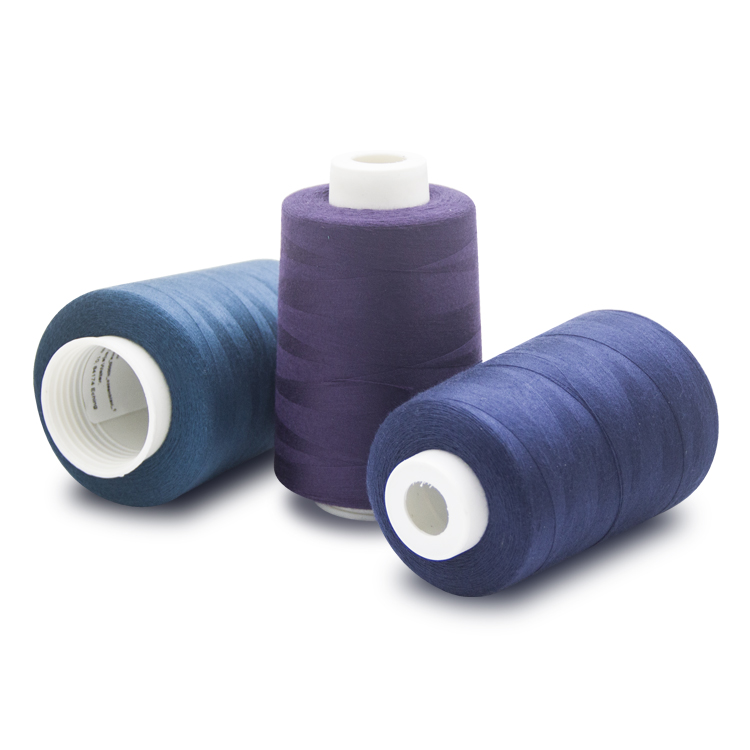
The correct application of sewing thread should follow the following principles:
(1) Compatibility with fabric characteristics: Only when sewing thread is the same or similar to the material, can it ensure the unity of shrinkage, heat resistance, wear resistance and durability, and avoid the appearance shrinkage caused by the difference between thread and fabric.
(2) Consistent with the type of garment: For special purpose garments, special function sewing thread should be considered, such as elastic sewing thread for elastic garments and sewing thread for fire fighting garments through heat resistance, flame retardant and water proof.
(3). Coordinate with the stitch form: the stitches of different parts of garments are different. Sewing threads should also be changed accordingly. For example, the lines or deformation threads need to be used to expand the stitches. Double line stitches should be chosen with extended lines. The crotch seam and shoulder suture should be fastened, while the eyeliner should be wear-resistant.
(4) Unify with quality and price: the quality and price of sewing thread should be unified with the grade of clothing, high-grade clothing with good quality and high price sewing thread, middle and low-grade clothing with general quality and moderate price sewing thread.
Polyester sewing thread characteristics: good lubricity, suitable for high-number sewing.The main uses of polyester sewing thread are as follows: sportswear fabrics, underwear, men's and women's shirts, coats, non-chlorine rinsed jeans, knitted garments, skirts, etc.Sewing thread is a material that consumes a large amount of garment accessories. Reasonable calculation of the amount of sewing thread is not only convenient for costing, but also for strengthening the planning and scientific nature of production management, and also conducive to garment quality management.
